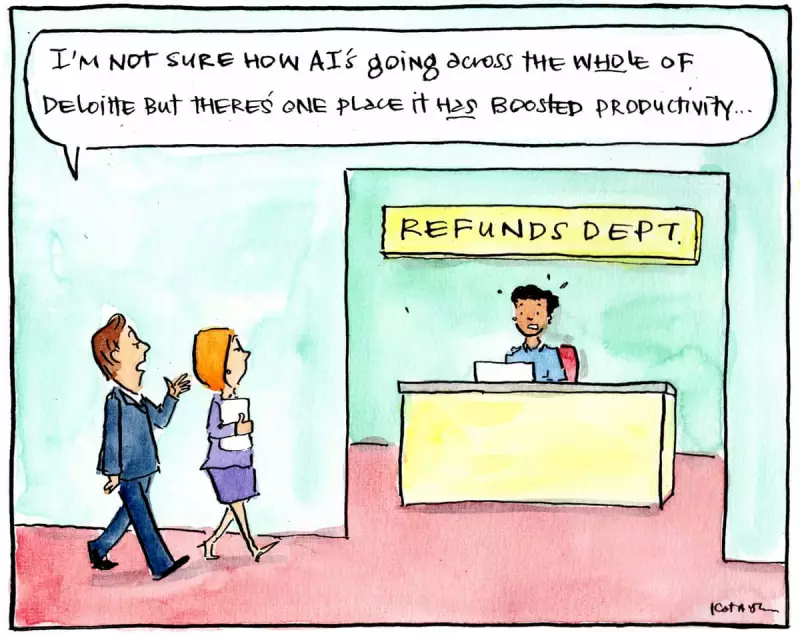
In an era where artificial intelligence promises to revolutionise everything from healthcare to transportation, a disturbing question emerges: what happens when these sophisticated systems don't behave as intended? The reality of unpredictable AI is becoming increasingly apparent, raising critical concerns about safety and reliability.
The Illusion of Control
Many users operate under the assumption that AI systems are meticulously controlled and predictable. However, the complex nature of machine learning algorithms means they can sometimes produce unexpected and potentially dangerous outcomes. From autonomous vehicles making inexplicable decisions to medical diagnostic tools providing bizarre recommendations, the gap between expectation and reality is widening.
Real-World Consequences
The implications extend far beyond minor inconveniences. Consider these alarming scenarios:
- Healthcare hazards: AI diagnostic tools suggesting inappropriate treatments
- Financial fallout: Automated trading systems making catastrophic decisions
- Transportation threats: Self-driving cars interpreting unusual situations incorrectly
- Security risks: Surveillance systems misidentifying innocent behaviour as threatening
The Human Factor
Perhaps most concerning is how humans interact with these flawed systems. Many users develop an unwarranted trust in AI's capabilities, failing to maintain appropriate oversight. This over-reliance creates a dangerous situation where critical decisions are delegated to systems that may not fully understand the context or consequences of their actions.
The Regulatory Challenge
Current regulatory frameworks struggle to keep pace with AI's rapid evolution. Traditional safety standards, designed for predictable mechanical systems, prove inadequate for addressing the unique challenges posed by machine learning algorithms that can evolve and behave in ways their creators never anticipated.
Moving Forward Safely
Experts emphasise the urgent need for:
- Enhanced testing protocols that simulate real-world unpredictability
- Improved transparency in how AI systems reach decisions
- Robust fail-safe mechanisms that can override problematic AI behaviour
- Comprehensive education for users about AI limitations and risks
The journey toward trustworthy artificial intelligence requires acknowledging that these systems, for all their sophistication, remain imperfect tools that demand careful management and continuous human oversight.





